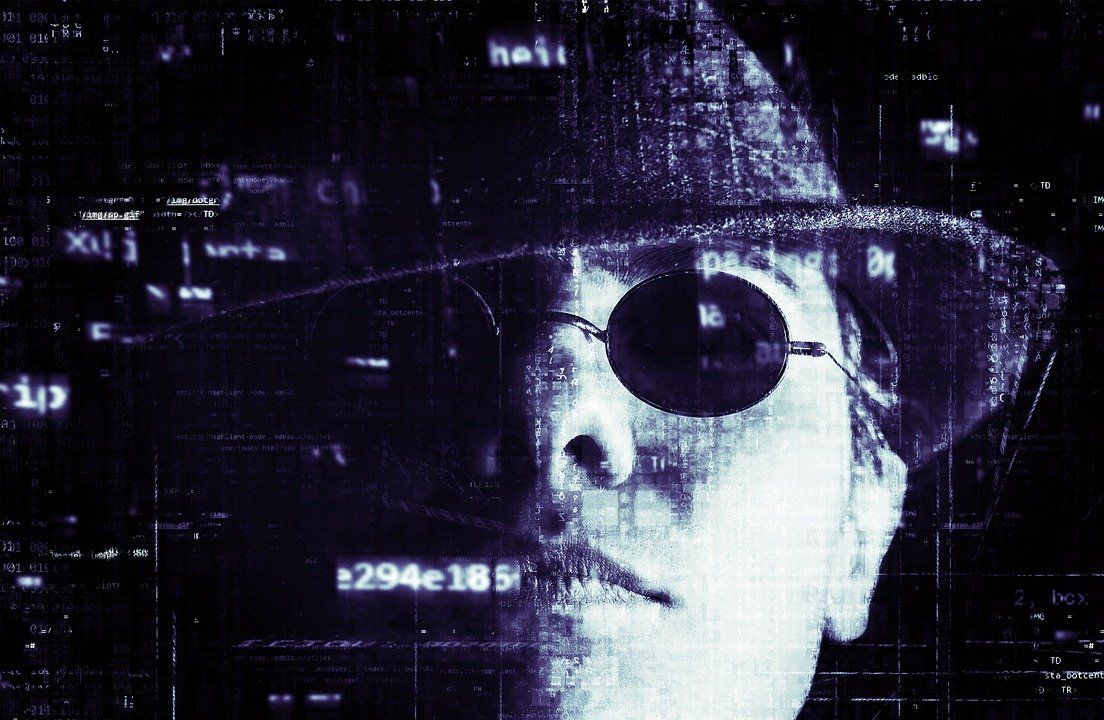Safeguarding Legacy Applications:
Enhancing Cybersecurity with Droplet Computing
In today's dynamic technological landscape, legacy applications, while still valuable, can pose significant cybersecurity challenges. These aging software systems often lack the security features and compatibility needed to withstand modern cyber threats. In this article, we delve into the cybersecurity risks associated with legacy applications and explore how Droplet Computing's innovative software-based container solution can bolster security, compliance, and efficiency.
The Cybersecurity Risks of Legacy Applications
Using legacy applications in a modern computing environment can introduce several cybersecurity risks and challenges. Legacy applications are software systems that were developed in the past and are often outdated in terms of security features and maintenance. Here are some of the key cybersecurity risks associated with using legacy applications:
- Security Vulnerabilities:
- Legacy applications may have unpatched security vulnerabilities that are no longer addressed by the original developers or vendors. These vulnerabilities can be exploited by cybercriminals to gain unauthorized access or control over the system.
- Lack of Updates and Patches:
- Since legacy applications are no longer actively maintained, they do not receive regular updates and security patches. This leaves them susceptible to known vulnerabilities that can be exploited by attackers.
- Incompatibility with Modern Security Tools:
- Many legacy applications may not be compatible with modern security tools and technologies. This can make it challenging to implement effective security measures such as intrusion detection systems, antivirus software, and security information and event management (SIEM) solutions.
- Outdated Encryption and Authentication:
- Legacy applications may use outdated encryption protocols and weak authentication mechanisms. This can expose sensitive data to interception or unauthorized access.
- Compliance and Regulatory Risks:
- Using legacy applications may lead to non-compliance with modern cybersecurity regulations and standards. This can result in legal and financial consequences for organizations.
- Limited Support:
- Organizations may struggle to find qualified support for legacy applications. This can hinder incident response and recovery efforts in the event of a security breach.
- Integration Challenges:
- Legacy applications may not easily integrate with modern systems and technologies. This can create security gaps when attempting to connect them with other parts of the IT infrastructure.
- Data Breach Risks:
- The lack of security updates and patches can increase the risk of data breaches. Cybercriminals can exploit vulnerabilities in legacy applications to gain access to sensitive data.
- Dependency on Outdated Platforms:
- Legacy applications may require outdated operating systems or hardware, which can pose security risks due to the lack of support and security updates for those platforms.
- Limited Visibility:
- Legacy applications often lack the monitoring and logging capabilities necessary for detecting and responding to security incidents. This limited visibility into system activities can delay incident response efforts.
To mitigate these cybersecurity risks associated with legacy applications, organizations should consider the following actions:
- Assessment and Inventory:
- Identify all legacy applications in use and assess their security posture. Determine which ones pose the greatest risks and prioritize them for remediation or replacement.
- Isolation:
- If possible, isolate legacy applications from the rest of the network to reduce the potential impact of security breaches.
- Regular Monitoring:
- Implement enhanced monitoring and logging for legacy systems to detect and respond to security incidents promptly.
- Modernization or Replacement:
- Consider modernizing or replacing legacy applications with more secure alternatives that are actively maintained and supported.
- Segmentation:
- Implement network segmentation to limit the exposure of legacy systems to potential attackers.
- User Education:
- Train employees and users to be aware of the security risks associated with legacy applications and to follow best practices for their use.
The Droplet Computing Solution
Droplet Computing offers a transformative approach to addressing these cybersecurity risks associated with legacy applications. Their software-based container solution empowers organizations to run legacy applications securely and efficiently while fostering innovation.
Here's how Droplet Computing can help:
- Enhanced Security:
- Droplet Computing employs a "NeverTrust™" model, ensuring that legacy applications run within sandboxed containers. These containers effectively block unnecessary inbound and outbound traffic, fortifying defenses against zero-day exploits and ransomware attacks. This advanced security reduces the risk of data breaches and unauthorized access to sensitive information.
- Compatibility Across Platforms:
- Droplet Computing enables legacy applications to run independently of the underlying operating system and chipset. Whether you are using Windows, Mac, or Linux, Droplet containers deliver seamless application performance and functionality without requiring any modifications to your device or applications. This ensures secure and consistent performance across different environments.
- Support for End-of-Life Systems:
- Droplet Computing's containerized approach includes all the necessary libraries and dependencies, ensuring compatibility and reliability even for end-of-life operating systems. Organizations can continue using legacy applications securely without compromising system upgrades or relying on unsupported software.
- Resource Optimization:
- Efficient resource utilization is pivotal for both security and performance. Droplet Computing allows organizations to run legacy applications with optimal resource utilization, improving overall security and stability. Additionally, the rapid deployment of Droplet containers across any operating system or environment leads to virtually instant application start-up times, reducing the window of vulnerability for potential cyberattacks.
- Cost and Downtime Reduction:
- Transitioning away from legacy applications can be costly and disruptive. Droplet Computing offers a simplified licensing model that saves organizations significant expenses compared to traditional Virtual Desktop Infrastructure (VDI) solutions. This cost savings extends to infrastructure demands, allowing organizations to maximize the value of their existing server infrastructure while reducing downtime.
In conclusion, Droplet Computing's innovative software-based container solution provides a comprehensive answer to the cybersecurity challenges associated with legacy applications. By enhancing security, compatibility, and resource utilization, organizations can maintain the functionality of legacy applications while safeguarding against modern cyber threats, achieving compliance, and optimizing costs and efficiency.
With Droplet Computing, organizations can unleash the full potential of their legacy applications while embracing a new era of security, compliance, and efficiency in their IT environments.




